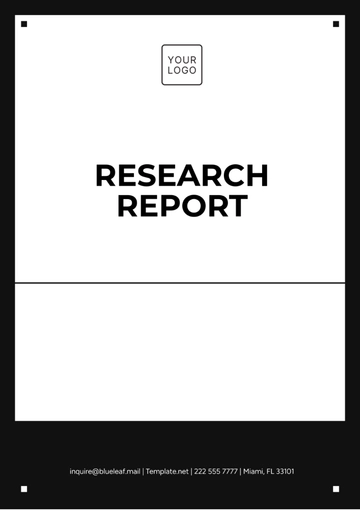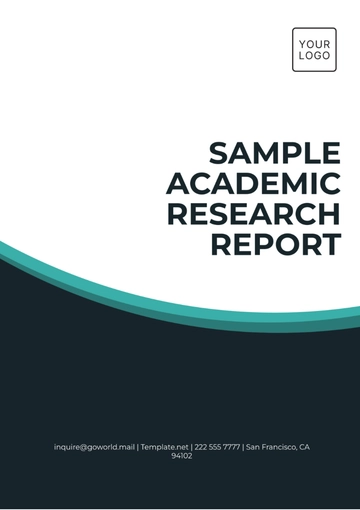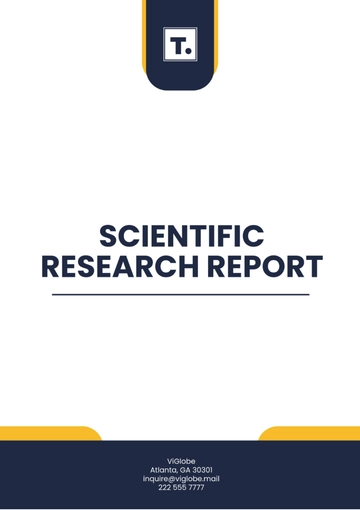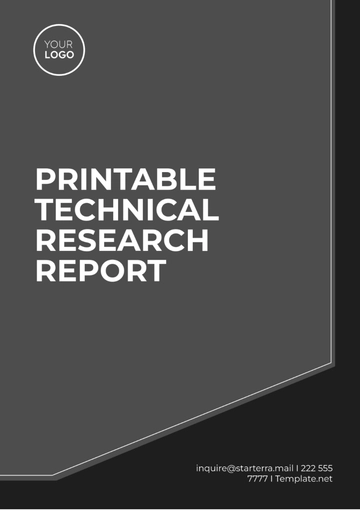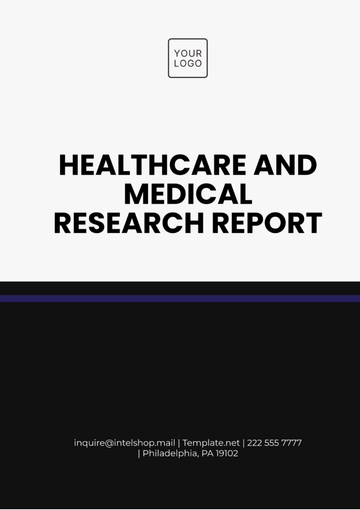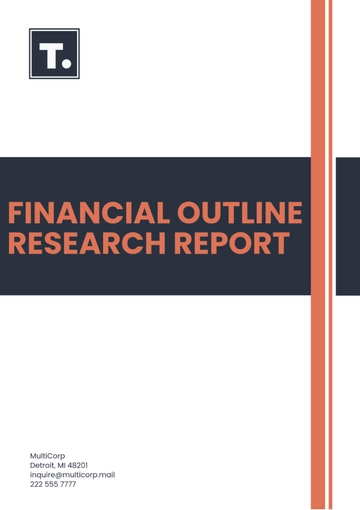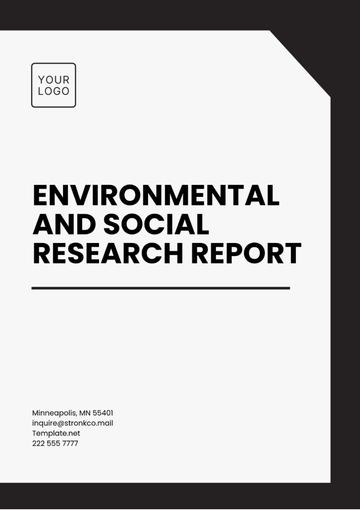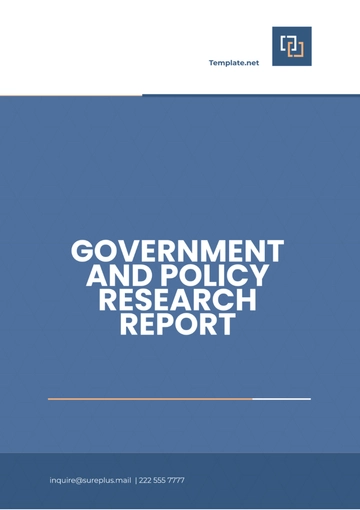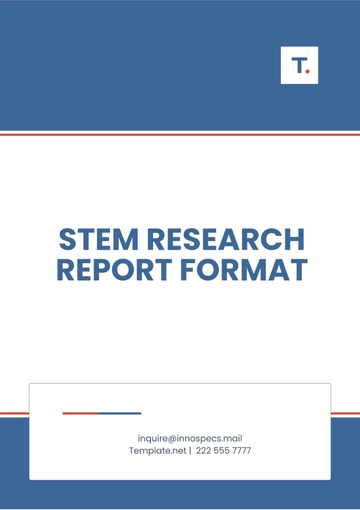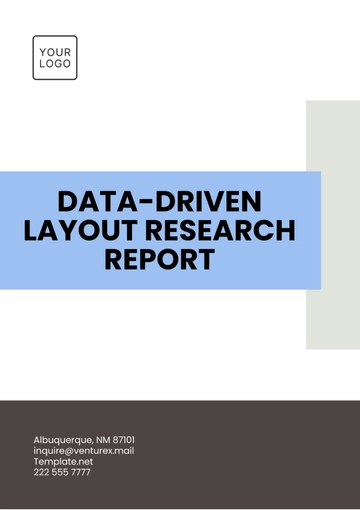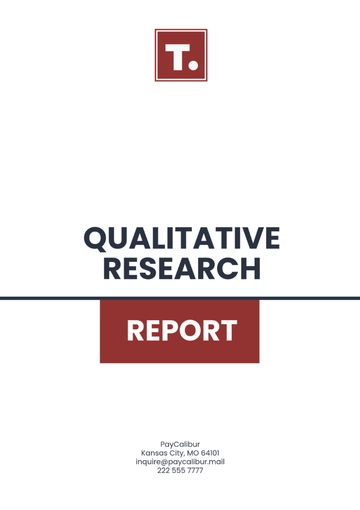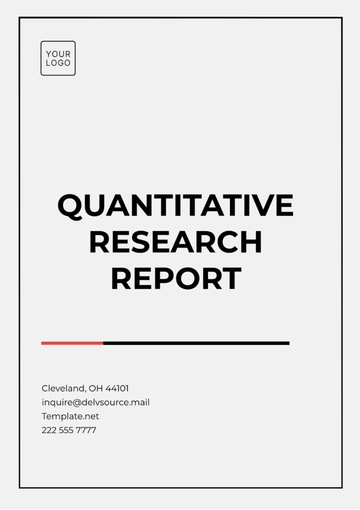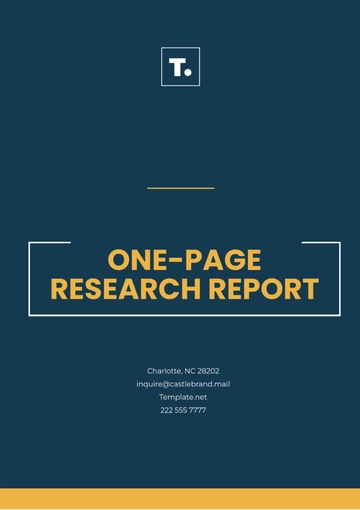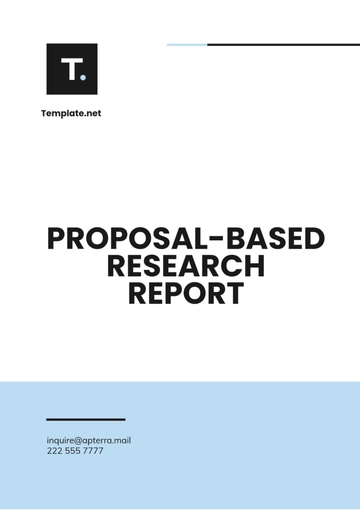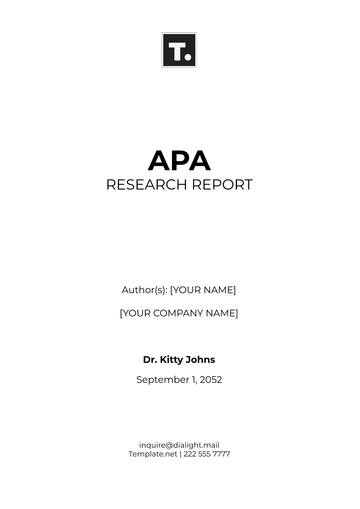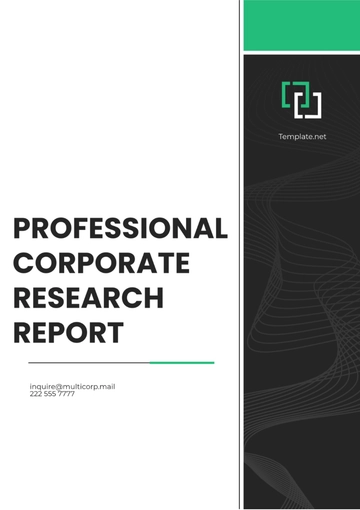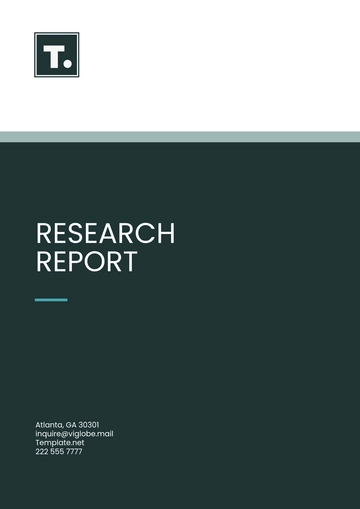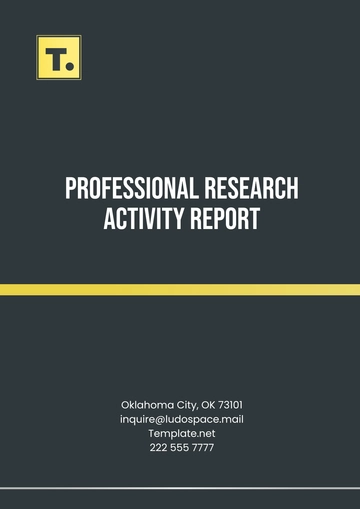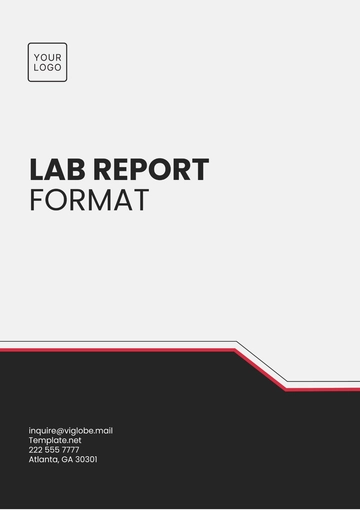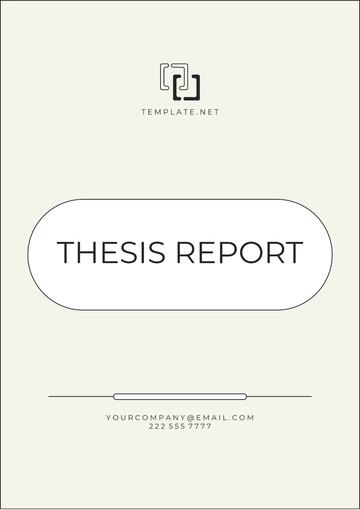Free Legal Employment & Labor Research Report
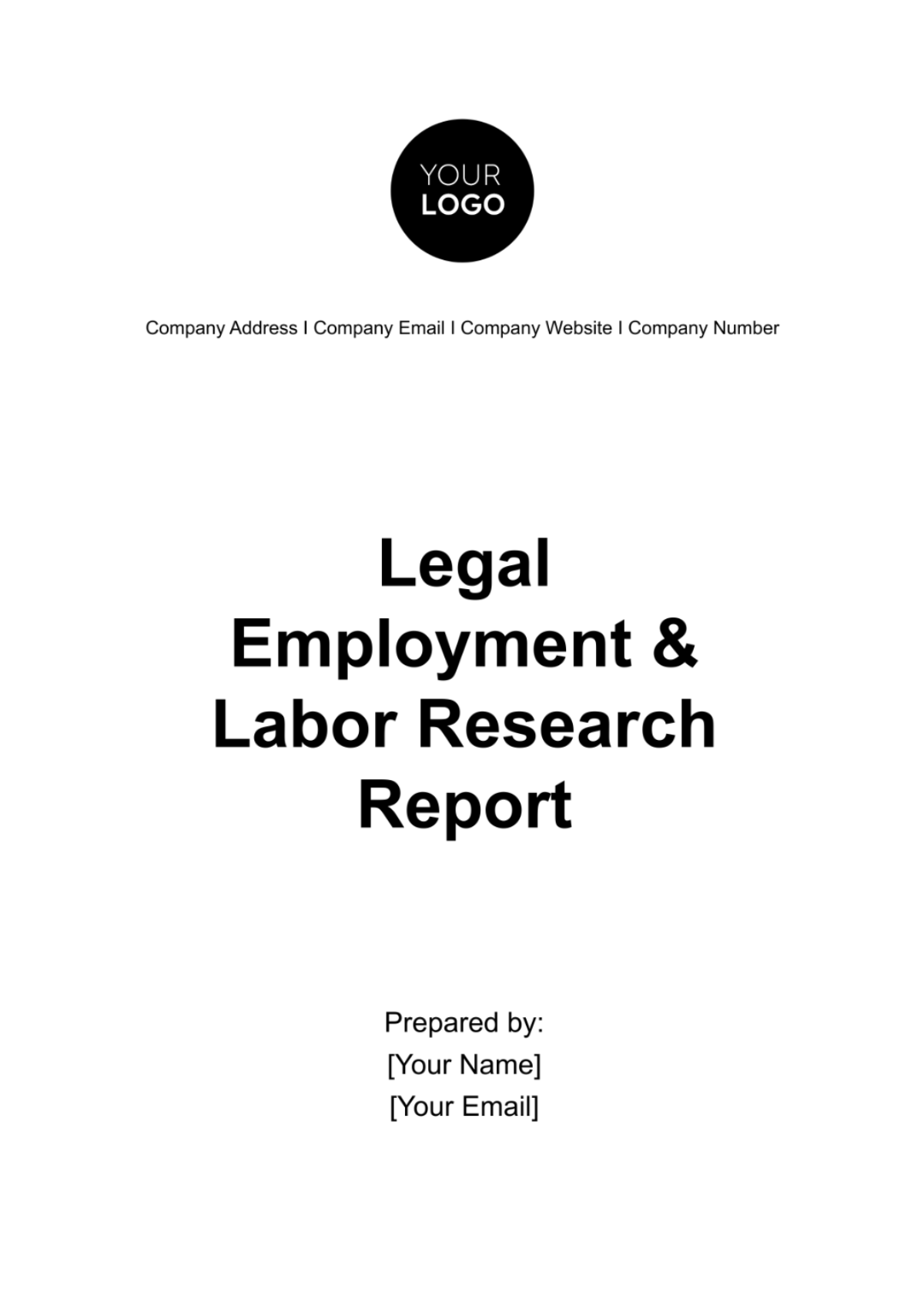
I. Introduction
In the ever-evolving landscape of employment and labor law, [Your Company Name] seeks to understand and navigate the complexities of legal requirements and best practices to ensure compliance and foster a positive working environment. This report aims to provide a comprehensive overview of current legal standards, significant case law, and emerging trends in employment and labor regulations that could impact our operations and workforce management strategies. Through a combination of legal research, case study analysis, and expert consultations, we have compiled information crucial for our ongoing and future policy development.
II. Historical Context
The foundations of employment and labor law are rooted in the Industrial Revolution, a period that saw a dramatic shift in working conditions and prompted the need for regulatory intervention. Initially, laws focused on child labor and the length of the workday, gradually expanding to encompass a broad range of protections including wages, safety, and discrimination. Key movements, such as the fight for an eight-hour workday, have significantly influenced modern labor laws, establishing principles of fairness and safety in the workplace.
III. Key Legal Principles and Frameworks
Employment and labor law is structured around several key principles designed to protect workers while balancing the interests of employers. These include:
KEY PRINCIPLES | DESCRIPTION |
|---|---|
Employment at-will vs. Contractual Employment | The presumption that employment is at-will, allowing either party to terminate the relationship for any reason, contrasts with contractual employment where terms are defined by an agreement. |
Anti-discrimination Laws | Laws such as Title VII of the Civil Rights Act protect employees from discrimination based on race, color, religion, sex, and national origin. |
Wage and Hour Laws | The Fair Labor Standards Act (FLSA) sets minimum wage, overtime pay eligibility, and child labor standards. |
Health and Safety Regulations | The Occupational Safety and Health Act (OSHA) mandates employers to provide a safe workplace. |
Labor Relations Laws | The National Labor Relations Act (NLRA) protects the rights of employees to engage in collective bargaining and union activities. |
IV. Significant Case Law
Landmark Employment and Labor Law Cases
CASE NAME | YEAR | SIGNIFICANCE |
|---|---|---|
Griswold v. Connecticut | 1965 | Established the right to privacy in the workplace. |
Meritor Savings Bank v. Vinson | 1986 | Recognized sexual harassment as a violation of Title VII. |
Walmart Stores, Inc. v. Dukes | 2011 | Addressed class action certification for discrimination claims. |
Recent trends in case law indicate an increased focus on issues related to the gig economy, remote work, and workplace discrimination, reflecting the changing nature of work and societal values.
V. Current Issues and Trends
Gig Economy and Worker Classification
The rise of the gig economy challenges traditional employment models, primarily through the classification of workers as independent contractors. This classification impacts eligibility for benefits, job security, and labor rights. The debate centers on finding a balance between flexibility and protection for workers, with significant implications for companies like Uber and DoorDash. Regulatory responses vary, with California's AB5 law attempting to redefine these classifications, underscoring the legal and economic complexities of the gig economy.
Remote Work Legal Implications
The COVID-19 pandemic accelerated the shift towards remote work, raising several legal considerations. These include compliance with local labor laws for remote employees, adjustments to wage and hour policies, and the enforcement of health and safety regulations in a home office setting. Companies must also address data protection and privacy concerns, as the boundaries between personal and professional spaces blur.
Harassment and Discrimination
Despite longstanding legal frameworks aimed at preventing workplace harassment and discrimination, these issues remain prevalent. The #MeToo movement has spurred a reevaluation of workplace cultures and the effectiveness of existing legal protections. Companies are now focusing on creating more inclusive environments, enhancing reporting mechanisms, and ensuring accountability at all levels.
VI. International Perspectives
Employment and labor laws vary significantly across jurisdictions, reflecting diverse cultural, economic, and social values. For instance:
European Union (EU): The EU provides strong protections for workers, including comprehensive privacy laws under the General Data Protection Regulation (GDPR), extensive parental leave, and stringent anti-discrimination laws.
Asia: Countries like Japan and South Korea have strict labor standards regarding working hours, although enforcement can be inconsistent. In contrast, emerging economies may have less stringent protections.
International Labor Organization (ILO): The ILO sets international labor standards, advocating for decent work conditions globally. However, adherence to these standards varies, with some countries facing criticism for labor rights violations.
Comparative analysis reveals the need for multinational companies to navigate a complex patchwork of regulations, balancing global operational strategies with local legal compliance.
VII. Regulatory and Legislative Developments
The legal landscape for employment and labor law is continually evolving. Recent and upcoming regulatory changes include:
Minimum Wage Adjustments: Many jurisdictions are raising minimum wage levels, reflecting cost of living increases and economic conditions.
Data Protection in Remote Work: New regulations are emerging to address data security and employee privacy concerns in remote work arrangements.
Gig Economy Legislation: The legal status of gig workers is under scrutiny, with proposed laws aiming to provide clearer guidelines for classification and rights.
These developments require companies to remain vigilant and adaptable, ensuring that their policies and practices remain compliant with current laws and regulations.
VIII. Challenges and Opportunities for Employers and Employees
Compliance and Risk Management
For employers, the task of navigating through the intricate and complex nature of the regulatory environment can serve as a notable challenge. The complexity and vastness of rules and regulations may seem daunting, but it presents employers with an unique opportunity. This situation provides a chance for employers to review the ways in which they manage their employment practices. By conducting a thorough review, employers can potentially identify areas of improvement and implement changes to enhance efficiency within the workplace. Moreover, refining these practices could also lead to an increase in employee satisfaction, thereby creating a more harmonious and productive work environment.
Dispute Resolution and Litigation Avoidance
Employers are consistently confronted with the challenge of dealing with and resolving disputes that arise in the workplace. This task becomes increasingly complicated because they also have to manage the low risk factor of potential litigation. Therefore, it is important for employers to implement and integrate proactive measures that cater to these challenges. Some useful strategies may include forming effective channels of communication throughout the organization. These pathways of dialogue provide an open platform for issues to be discussed, creating a more transparent environment. Consequently, it can facilitate the prevention of numerous misunderstandings that can escalate into larger disputes. In addition to this, it could be beneficial to institute alternative dispute resolution mechanisms. Such mechanisms offer different avenues to effectively manage and handle disputes, beyond the traditional litigation process. This approach not only minimizes the threat of legal action but also reduces the cost implication of potential legal battles. By employing these preventative measures, a positive work environment can be upheld, encouraging cohesiveness among workers. The risk of damaging legal battles can also be significantly decreased, ultimately saving the company unnecessary expenditure. The key is resolving issues internally and swiftly before they have the chance to grow into more significant problems that could potentially tarnish the reputation of the organization and disrupt its harmony.
Advancing Labor Rights and Protections
The legal landscape, which is constantly evolving and changing, offers a unique opportunity for businesses and companies. These organizations now have the potential to take the lead, primarily in areas concerning labor rights and protections. By stepping up, they can play a crucial role in shaping the industry's standards. More importantly, taking the initiative in these key areas can assist companies in creating and nurturing a culture that values respect and fairness. This not only influences their immediate working environment but can also pave the way for a more just and equitable industry standards.
IX. Future Outlook
Emerging Legal Issues
As technology continues to advance and societal norms and economies shift, we can expect the legal environment to keep evolving and adapting in response. This evolution will likely be marked by an increased focus on various emerging issues. Among these, the integration of artificial intelligence in the workplace is expected to represent a key concern, as will the matter of cybersecurity. Moreover, as businesses strive to become more sustainable and aware of their ecological footprint, another issue that is likely to become increasingly prominent in the legal landscape relates to the environmental impact of business operations. These, and perhaps others yet unforeseen, are the challenges that we can anticipate will define the future of law in a world that is rapidly changing.
Technological Advancements
As technological advancements continue to shape the world around us, they pose an abundance of influential factors in the realm of employment and labor law. These tech-driven changes bring in both challenges and aid in achieving legal compliance in the field. With the integration of automation and artificial intelligence (AI) into human resource (HR) processes, certain operations can be streamlined to enhance overall operational efficiency. Despite the myriad of benefits provided, however, comes a host of ethical and legal challenges that need to be addressed. One such issue stems from the workforce displacement that may occur due to increased automation and AI adoption - a circumstance that would raise questions about job security in many sectors. Additionally, in an era where data is highly valued, data privacy issues arise as well. The advancements in technology are certainly setting a new precedent for the workforce, pushing both employers and regulators alike to navigate through the complex landscape of legal compliance in the age of technology.
Predictions for the Future of Work
Looking ahead, it is anticipated that the future of work will most likely be characterized by a workforce that is more flexible and diverse, and one that is highly integrated with technology. As these significant changes unfold, it will become imperative for the existing legal frameworks to adapt accordingly. This will involve a careful balancing act where there will be a need to encourage and accommodate innovation, while at the same time ensuring that the rights of workers are comprehensively protected.
X. Conclusion
Summary of Key Findings
Our comprehensive analysis has unveiled several critical insights into the current landscape and future direction of employment and labor law. Key findings include:
KEY FINDINGS | DESCRIPTION |
|---|---|
Rapid Evolution | Employment and labor law is rapidly evolving to address new challenges such as the gig economy, remote work, and technological advancements. These changes necessitate agile and informed responses from employers to remain compliant and competitive. |
Global Diversity | International perspectives on labor laws underscore the diversity of approaches to worker rights and protections. Multinational companies face the challenge of navigating these varied legal landscapes while maintaining global operational standards. |
Regulatory Developments | Ongoing legislative changes reflect a dynamic regulatory environment, with significant implications for wage laws, worker classification, and privacy rights in the workplace. Staying ahead of these developments is crucial for legal compliance and strategic planning. |
Challenges and Opportunities | Employers and employees alike face challenges in adapting to new legal standards and workplace norms. However, these challenges also present opportunities for innovation in workforce management, dispute resolution, and the promotion of labor rights. |
Recommendations for Stakeholders
Based on our findings, we offer the following recommendations for stakeholders within [Your Company Name] and the broader business community:
Proactive Policy Review: Regularly review and update employment policies and practices to ensure compliance with current laws and regulations. This includes revising worker classification, wage policies, and remote work guidelines.
Invest in Training and Development: Enhance training programs to include topics on harassment prevention, diversity and inclusion, and legal compliance. Educated employees are better equipped to navigate the complexities of the modern workplace.
Embrace Technological Solutions: Leverage technology to improve HR management, from automating compliance checks to supporting remote work. However, be mindful of privacy and data protection concerns.
Foster Open Communication: Encourage open dialogue between management and employees to address concerns, resolve disputes, and gather feedback on workplace policies.
Engage in Advocacy: Participate in discussions on legislative developments affecting employment and labor law. Advocacy can help shape a legal environment that supports both business interests and worker rights.
Final Thoughts on the Evolution of Employment and Labor Law
The landscape of employment and labor law is characterized by continuous change, driven by economic shifts, technological advancements, and evolving societal values. As we look to the future, it is clear that flexibility, innovation, and a commitment to fairness and equity will be paramount for navigating this dynamic environment. [Your Company Name] is dedicated to staying at the forefront of these developments, ensuring a workplace that is not only compliant with legal standards but also supportive of our employees' rights and well-being.
In conclusion, the journey through the complexities of employment and labor law is ongoing. By remaining informed, adaptable, and proactive, [Your Company Name] will continue to thrive in an ever-changing legal and business landscape, setting a standard for excellence and integrity in employment practices.
- 100% Customizable, free editor
- Access 1 Million+ Templates, photo’s & graphics
- Download or share as a template
- Click and replace photos, graphics, text, backgrounds
- Resize, crop, AI write & more
- Access advanced editor
Elevate your HR insights with Template.net's Legal Employment & Labor Research Report Template. This meticulously designed tool is fully customizable and editable via our Ai Editor Tool, enabling you to tailor in-depth analyses of labor trends and employment dynamics. Facilitate informed decision-making and strategic planning with our comprehensive, adaptable template. Depend on Template.net for unparalleled HR research solutions.
You may also like
- Sales Report
- Daily Report
- Project Report
- Business Report
- Weekly Report
- Incident Report
- Annual Report
- Report Layout
- Report Design
- Progress Report
- Marketing Report
- Company Report
- Monthly Report
- Audit Report
- Status Report
- School Report
- Reports Hr
- Management Report
- Project Status Report
- Handover Report
- Health And Safety Report
- Restaurant Report
- Construction Report
- Research Report
- Evaluation Report
- Investigation Report
- Employee Report
- Advertising Report
- Weekly Status Report
- Project Management Report
- Finance Report
- Service Report
- Technical Report
- Meeting Report
- Quarterly Report
- Inspection Report
- Medical Report
- Test Report
- Summary Report
- Inventory Report
- Valuation Report
- Operations Report
- Payroll Report
- Training Report
- Job Report
- Case Report
- Performance Report
- Board Report
- Internal Audit Report
- Student Report
- Monthly Management Report
- Small Business Report
- Accident Report
- Call Center Report
- Activity Report
- IT and Software Report
- Internship Report
- Visit Report
- Product Report
- Book Report
- Property Report
- Recruitment Report
- University Report
- Event Report
- SEO Report
- Conference Report
- Narrative Report
- Nursing Home Report
- Preschool Report
- Call Report
- Customer Report
- Employee Incident Report
- Accomplishment Report
- Social Media Report
- Work From Home Report
- Security Report
- Damage Report
- Quality Report
- Internal Report
- Nurse Report
- Real Estate Report
- Hotel Report
- Equipment Report
- Credit Report
- Field Report
- Non Profit Report
- Maintenance Report
- News Report
- Survey Report
- Executive Report
- Law Firm Report
- Advertising Agency Report
- Interior Design Report
- Travel Agency Report
- Stock Report
- Salon Report
- Bug Report
- Workplace Report
- Action Report
- Investor Report
- Cleaning Services Report
- Consulting Report
- Freelancer Report
- Site Visit Report
- Trip Report
- Classroom Observation Report
- Vehicle Report
- Final Report
- Software Report
